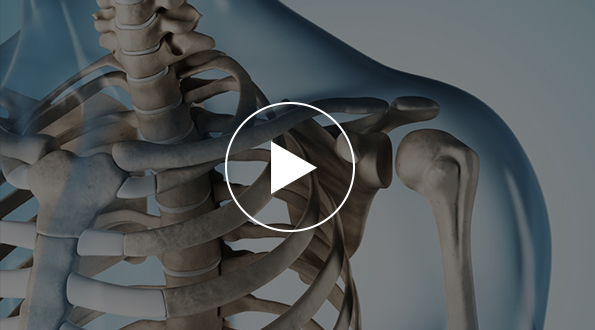NECK OR CERVICAL PAIN

Neck pain is a common reason people visit their orthopedist. Neck pain typically doesn’t start from a single injury. Instead, the problem usually develops over time from the stress and strain of daily activities. Eventually, the parts of the spine begin to degenerate. The degeneration can become a source of neck pain.
Symptoms from neck problems vary. They depend on your condition and which neck structures are affected. Some of the more common symptoms of neck problems include:
- Neck pain
- Headaches
- Pain shooting into upper back, shoulder or down the arm
- Neck stiffness and loss of motion
- Weakness
- Numbness and Tingling
We understand how neck pain can negatively affect your quality of life, and our goal is to help you become pain free so that you can get back to work or your favorite activities as soon as possible. With on-site X-ray and MRI, Dr. Li will diagnose your condition and start treatment so you can feel better. Treatment initially consists of Physical Therapy, medication, activity modification and is usually successful in relieving your pain. Our experienced therapists will customize a treatment plan for you and utilize our state of the art equipment to make you better.
Below are some common terms to describe conditions of the lumbar spine.
Spondylosis
Most neck problems happen after years of wear and tear on the parts of the cervical spine. At first, these small injuries are not painful. But over time they can add up. Eventually they begin to cause neck pain. Spondylosis is a result of spine degeneration regardless of whether the degeneration is from the cervical disc, arthritis or spinal stenosis.
Degenerative Disc Disease
The normal aging process involves changes within the intervertebral discs. Repeated stresses and strains weaken the connective tissues that make up a disc. Over time, the nucleus in the center of the disc dries out and loses some of its ability to absorb shock. The annulus also weakens and develops small cracks and tears. These degenerative changes in the disc, facet joints, and ligaments cause the spinal segment to become loose and unstable. The extra movement causes even more wear and tear on the spine. These changes can cause pain, numbness, tingling and weakness in the neck and down the arm.
Cervical Spinal Stenosis
As part of the degenerative process of the cervical spine, changes in the spinal joints can lead to narrowing of the space for the spinal canal. Cervical spinal stenosis typically develops over a period of months or years. Though the patient may not be aware of its development, spinal stenosis may become rapidly apparent once the dimensions of the spinal canal become critically small. Patients with cervical stenosis can experience neck pain, headaches, numbness, tingling as well as shoulder, arm or hand pain.
Cervical Herniated Disc
Cervical discs are the cushions between the vertebrae in the upper back and neck. Herniation of the disc occurs when the gelatinous inner disc material herniates through the outer cervical disc wall. Pain and other symptoms can develop when the damaged disc pushes into the spinal canal or nerve roots.
Cervical Radiculopathy
Cervical radiculopathy is the description of pain and neurological symptoms resulting from any type of condition that irritates a nerve in the cervical spine (neck). When a nerve root in the cervical spine is irritated through compression or inflammation, the symptoms can radiate along that nerve’s pathway into the arm and hand. The patient’s specific cervical radiculopathy symptoms will depend primarily on which nerve is affected. The most common causes of cervical radiculopathy include herniated disc, spinal stenosis, spondylosis and degenerative disc disease.

